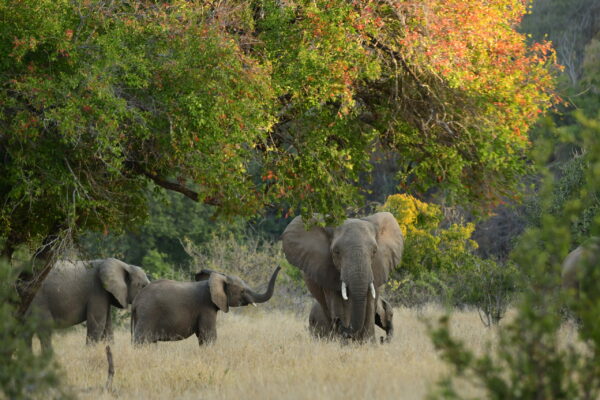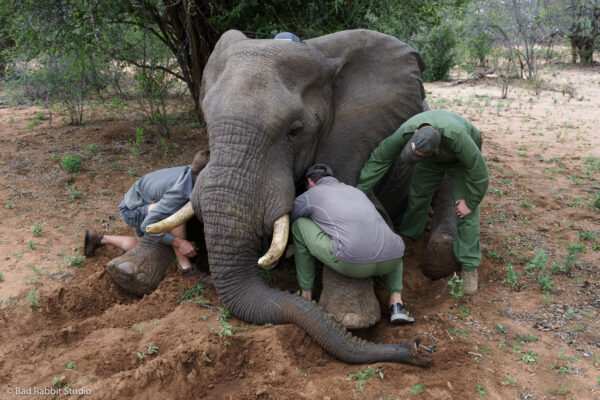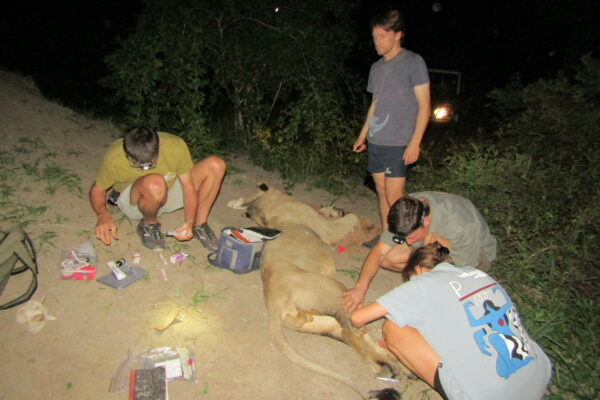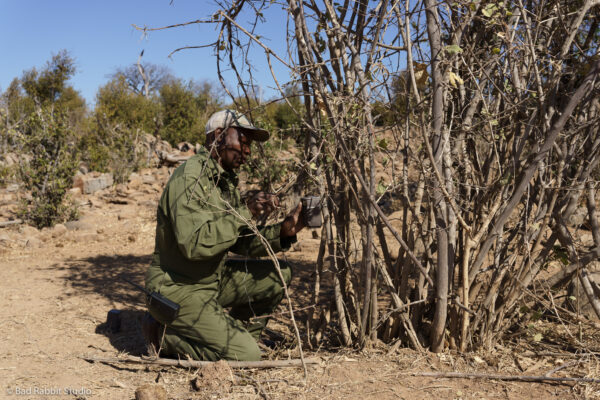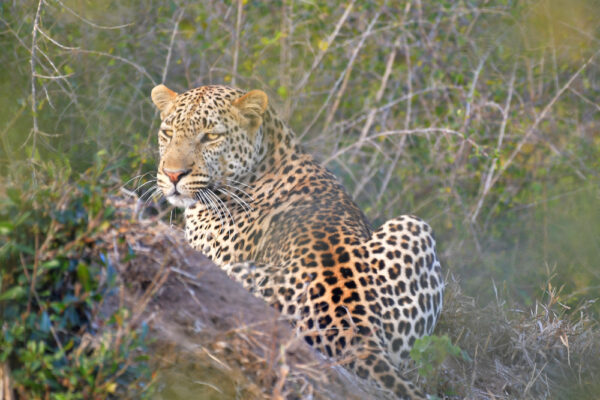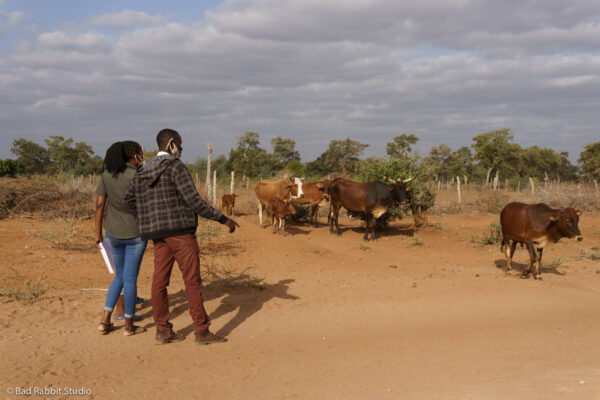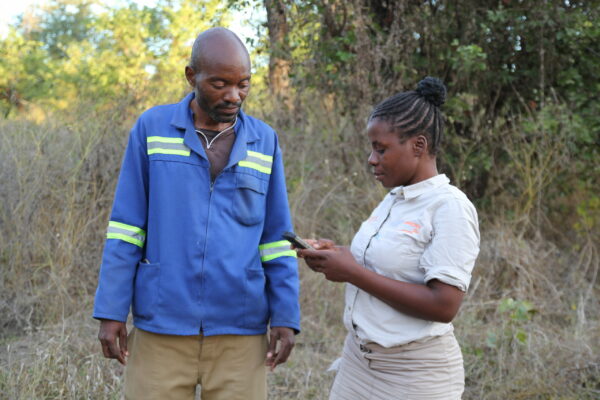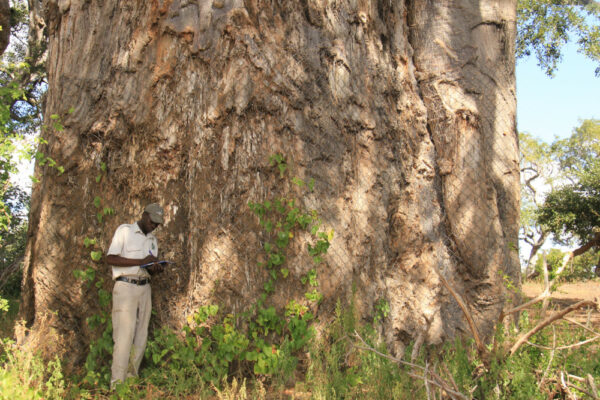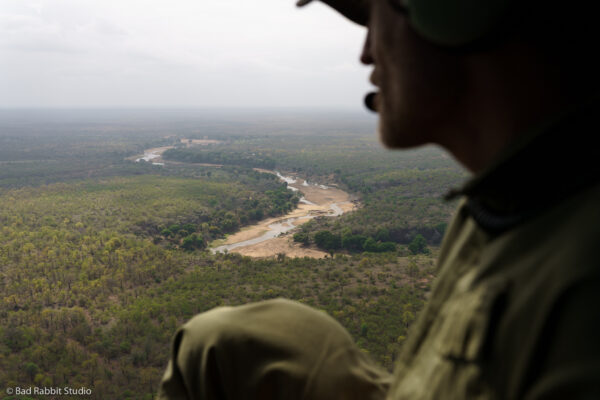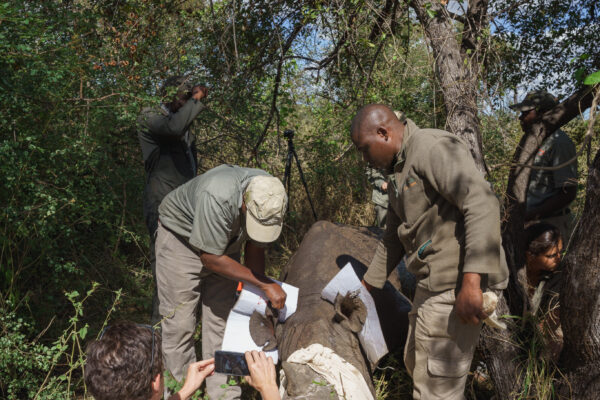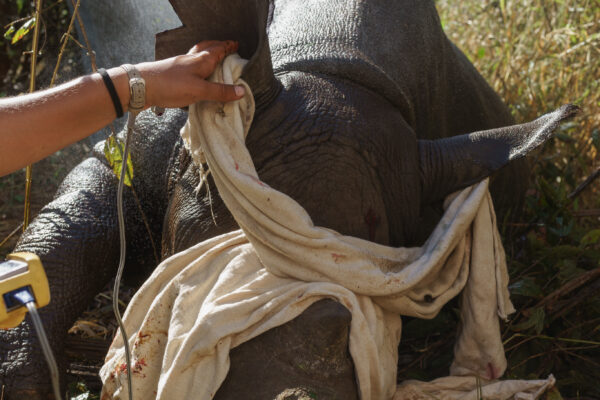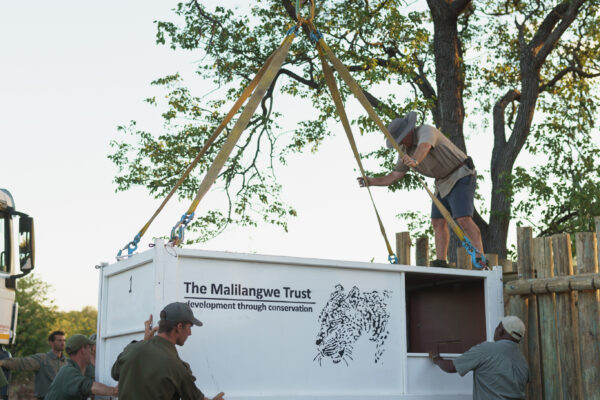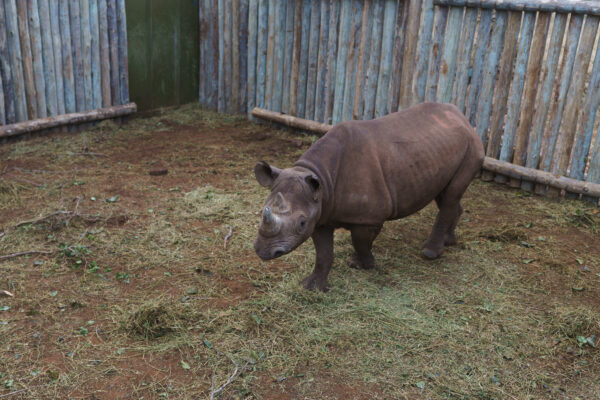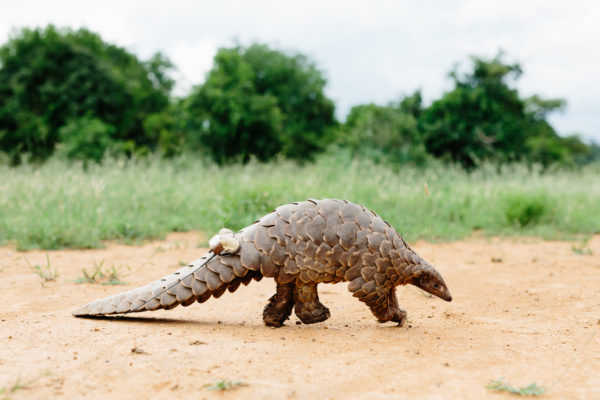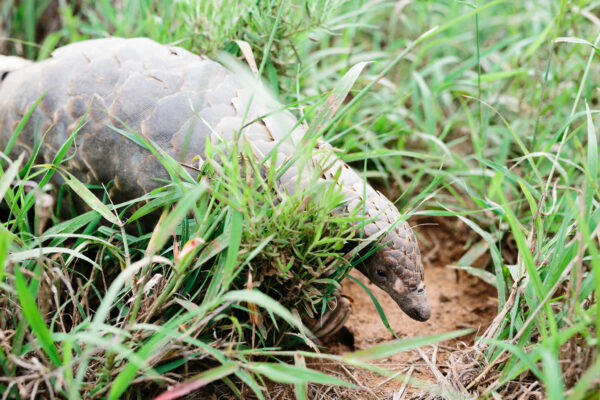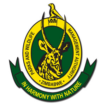The Gonarezhou National Park is home to a large elephant population with a density of about 2.18 elephants per square kilometre (c. 2022 survey). Being natural ecological engineers and at such high densities in the Park, their impact on the vegetation in the Park is clearly evident. Thus, one of our primary long-term research projects aims to critically understand how elephants interact with the ecosystem in the Gonarezhou landscape. The broad focus of our research is on the following:
Demography & Population Trends: Aerial surveys focusing on elephant populations are conducted every two years to understand the population trends. In addition, other census techniques have been used to understand better the population dynamics providing insights into the demography of the population as a whole.
Elephant Movement: Over the past years, several elephant cows and bulls have been collared to understand their space use both within the Park and beyond the Park boundary into areas such as the neighbouring communal lands, Mozambique or Kruger National Park in South Africa. Understanding these movements provides insights into the possibility of developing future corridors. Understanding elephant movements is also critical in understanding the landscape factors that influence this and how this interacts to drive the vegetation impacts within the park.
Biodiversity & the Landscape: The elephant population’s size has long been discussed in scientific circles and amongst visitors to the park. Primarily driven by the visual perception of the impact on the vegetation in parts of the Park. However, to adequately understand whether there are “too many elephants in Gonarezhou”, it is important to understand whether these visually conspicuous impacts negatively impact the biodiversity and the ecosystem processes within the Park. Thus, a key component of our research is to understand these impacts in the context of their effect on the Park’s biodiversity.
Human-Elephant Conflict/Coexistence: Gonarezhou National Park exists within a mosaic of land-use types and is often interconnected with surrounding areas. As a result, elephants do stray from the Park boundaries into neighbouring areas, sometimes leading to conflict with people around the Park. Our research focuses on understanding the drivers of this conflict and explores ways of mitigating it for the benefit of both people and elephants.


